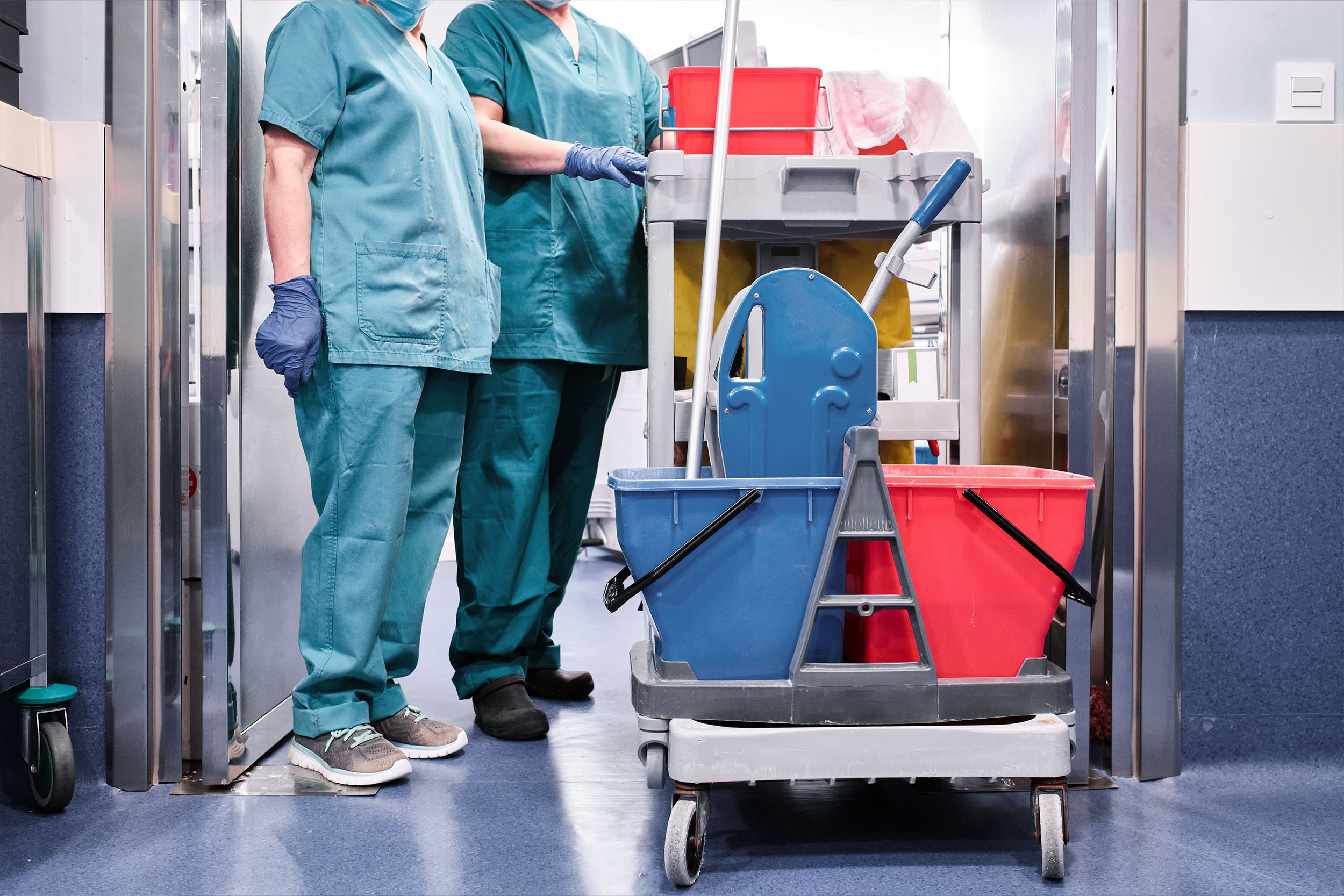
How Healthcare Cleanliness Impacts Patients’ Perceptions

Cleanliness isn’t just about hygiene — it’s about trust, safety, and care. When patients walk into a healthcare facility, their first impression often forms long before they meet a doctor or nurse. The cleanliness of a medical centre directly shapes how patients perceive the quality of care they’ll receive. At Sparkle Commercial Cleaning, we understand that maintaining a spotless and sanitary environment is essential for both patient confidence and healthcare compliance. Our medical cleaning services in Perth are designed to help clinics, hospitals, and healthcare providers deliver an exceptional standard of care — starting with a clean, welcoming space.
Table of Contents
ToggleThe Connection Between Cleanliness and Patient Trust
A clean medical facility instantly communicates professionalism, safety, and respect. Patients associate visible cleanliness with better infection control, organized staff, and reliable medical practices. When waiting areas, treatment rooms, and restrooms are spotless, patients feel more at ease. In contrast, a single dirty surface or unpleasant odour can raise doubts about the facility’s hygiene protocols — and by extension, the quality of care. That’s why medical cleaning Perth isn’t just a routine task — it’s a vital part of healthcare branding and patient satisfaction.
Why Medical Cleaning in Perth Is Essential for Patient Safety
Healthcare environments demand a higher standard of cleanliness than any other workplace. From hospitals and general practices to dental and physiotherapy clinics, every surface can harbor bacteria and pathogens if not cleaned properly. Professional medical cleaning Perth WA services ensure that all areas — from high-touch points to surgical spaces — are properly disinfected and sanitized using hospital-grade solutions. Here’s how Sparkle Commercial Cleaning ensures safety and hygiene in every job:
✅ Use of hospital-grade disinfectants approved by Australian health standards.
✅ Cross-contamination prevention through colour-coded cleaning materials.
✅ Detailed cleaning checklists for all medical zones — including restrooms, waiting areas, and patient rooms.
✅ Trained, background-checked cleaning professionals familiar with medical environments.
✅ Eco-friendly cleaning products that are safe for patients and healthcare staff.
We go beyond “surface cleaning” — focusing on infection control, compliance, and patient reassurance.
First Impressions That Last — The Role of Cleanliness in Perception
For patients, cleanliness is a visual cue of care quality. Studies show that over 70% of patients equate a clean medical facility with competent healthcare providers. In other words, the look and feel of your clinic matter as much as your medical expertise. Here’s how cleanliness shapes perception:
Confidence in care: A hygienic facility makes patients feel their health is in safe hands.
Comfort and calm: Clean, organized spaces help reduce anxiety and stress during visits.
Loyalty and recommendations: Satisfied patients are more likely to return and recommend your facility.
In today’s competitive healthcare market, facilities that invest in professional medical cleaning in Perth stand out as trustworthy and patient-focused.
How Sparkle Commercial Cleaning Elevates Healthcare Hygiene
At Sparkle Commercial Cleaning, we’re proud to be among the leading providers of medical cleaning services in Perth. Our team combines precision, experience, and care to meet the strict cleaning standards required in healthcare facilities. We clean and disinfect every area of your facility, including:
🏥 Examination and treatment rooms
🧍♀️ Waiting areas and reception desks
🚻 Restrooms and staff facilities
💊 Laboratories and sterile rooms
🍽 Staff kitchens and break areas
🪟 Windows, floors, and touch surfaces
Every cleaning session is carefully documented to ensure full transparency and compliance. Whether your practice is large or small, we deliver the same level of thoroughness and reliability every time. Learn more about our specialized medical cleaning solutions here: Medical Cleaning Perth
Eco-Friendly Cleaning for Healthier Workspaces
Hospitals and clinics must not only be clean — they must also be safe for patients and staff. That’s why we use non-toxic, environmentally friendly products that effectively disinfect without leaving harmful residues. Our green cleaning approach helps maintain healthy air quality indoors, reduce allergic reactions or chemical sensitivity, and support sustainable operations in Perth healthcare facilities. Clean doesn’t have to mean chemical-heavy — and we prove that every day.
Local Perth Experts in Medical Cleaning
As a trusted local cleaning company in Perth WA, Sparkle Commercial Cleaning is deeply committed to supporting the city’s healthcare professionals. We understand the unique needs of Perth’s hospitals, clinics, and medical practices — and we tailor every cleaning plan accordingly.
📍 Address: 5 Wilsley St, Gosnells WA 6110, Australia
📞 Phone: +61 403 603 208
🌐 Google Business Profile: Sparkle Commercial Cleaning Perth
With flexible scheduling, experienced staff, and unwavering attention to detail, we help Perth healthcare facilities shine — both in hygiene and reputation.
Clean Facilities, Confident Patients
Cleanliness is more than a regulatory requirement — it’s a reflection of care. When patients walk into a spotless healthcare facility, they feel safe, respected, and confident in the care they’ll receive. At Sparkle Commercial Cleaning, we’re proud to help medical facilities across Perth maintain the highest hygiene standards. With our medical cleaning Perth WA services, your facility will not only meet expectations — it will exceed them. Request your free quote today: Medical Cleaning Perth
Frequently Asked Questions
Q1: Why should I hire professional medical cleaners in Perth?
Because medical facilities require hospital-grade cleaning and disinfection that only trained professionals can deliver safely and effectively.
Q2: Are your cleaning products safe for healthcare environments?
Yes! We use eco-friendly, hospital-grade products that meet all Australian healthcare cleaning standards.
Q3: Do you offer flexible cleaning schedules?
Absolutely. We offer after-hours, weekend, and customized cleaning schedules to suit your clinic’s needs.
Q4: How do your medical cleaning services in Perth differ from standard commercial cleaning?
Medical cleaning involves specialized disinfectants, cross-contamination prevention, and compliance with strict health protocols — ensuring a truly sterile environment.
Q5: How can I get a free quote for medical cleaning Perth WA?
You can contact us directly or visit our page: Medical Cleaning Perth



